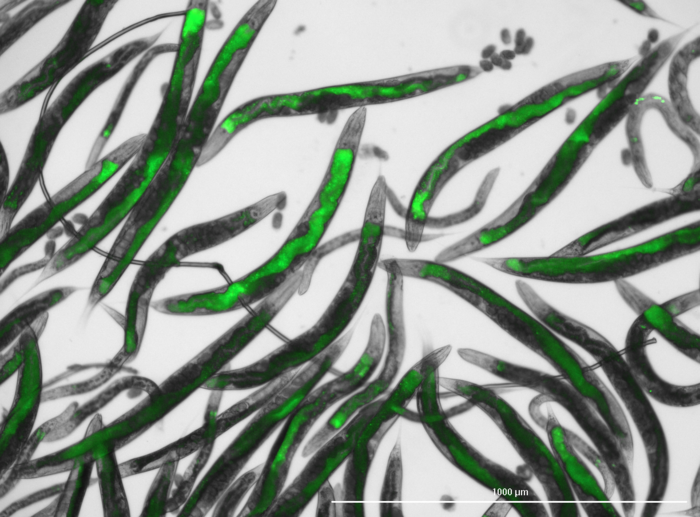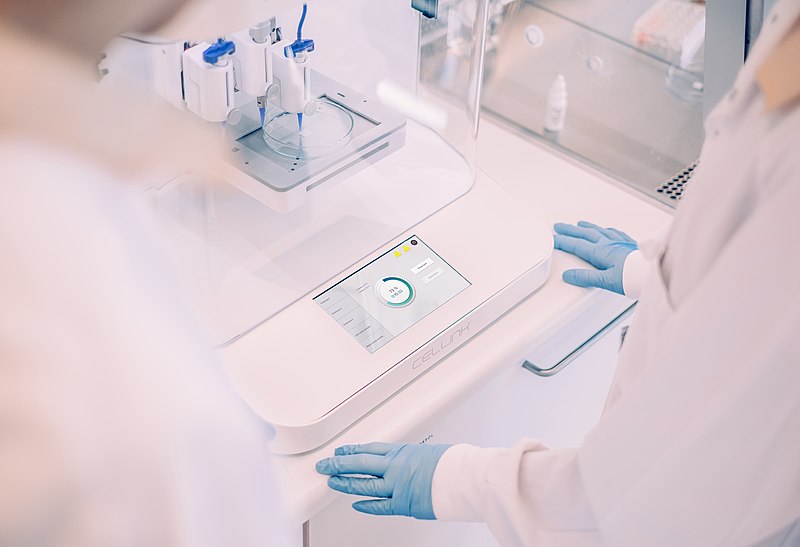Most of us are not aware of the health impact of poor indoor air quality. Although indoor air may seem OK, it might contain harmful Microbial or chemical contaminants. These contaminants not only reduce our working capacity but could also lead to asthma or other diseases.
So, there is a dire need to find a way to monitor the risks associated with exposure to hazardous indoor air agents.
Now, researchers at the University of Turku in Finland have developed a new technique for measuring indoor air quality. Researchers used transgenic strains of nematode worm Caenorhabditis elegans for this purpose.
But why researchers used these roundworms:
When these worms smell or taste harmful biological or chemical impurities, they respond by producing green fluorescent protein (GFP). The amount of this fluorescence can easily be measured by spectrometry. The higher the levels of those compounds, the more will be their fluoresce.
The lead scientist, Päivi Koskinen, said, “Such nematodes had previously been used to monitor the biological effects of heavy metals and other environmental agents, so we thought they might also be suitable for monitoring indoor air quality,”
“The nematodes cannot tell us what kind of toxic compounds there are in the air, but they can provide an unbiased opinion on health risks associated with indoor air and on the need for more thorough technical investigations,”






